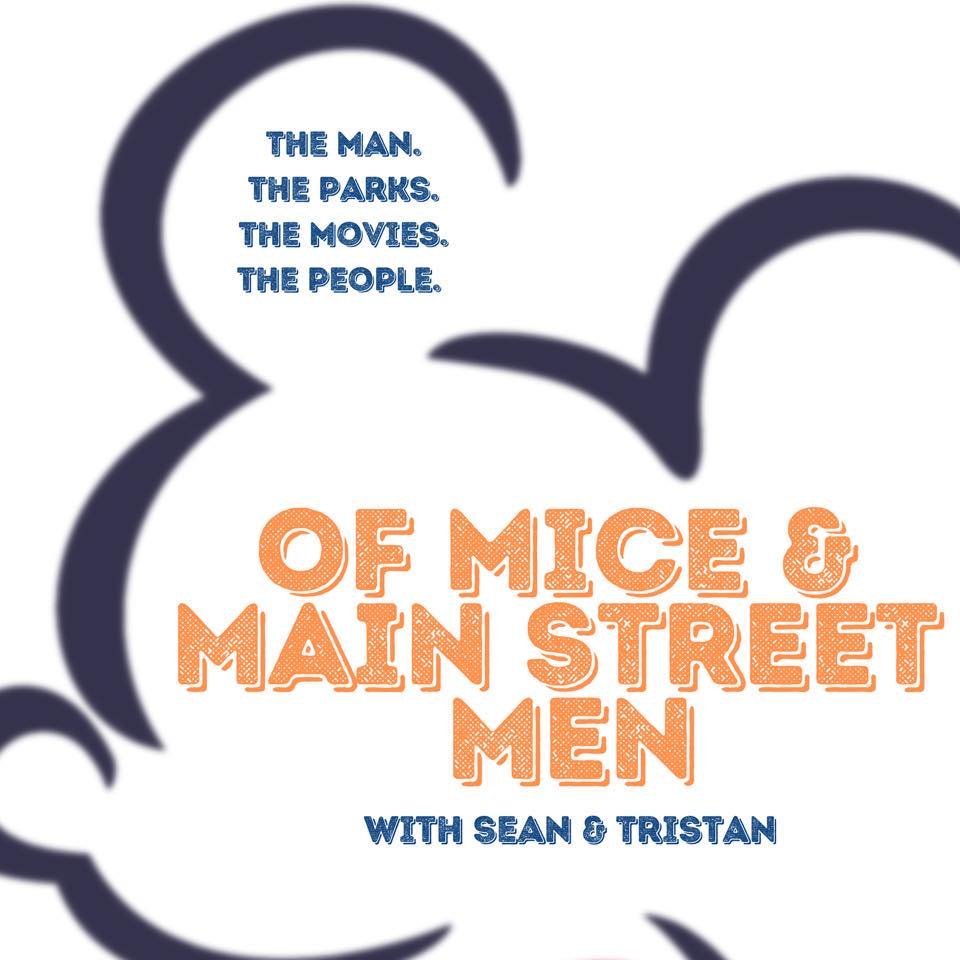IN DEFENSE OF LIVING WITH THE LAND
Let’s talk about the most misunderstood, most majestically mellow attraction in all of Walt Disney World. No animatronic pirates. No intergalactic battles. No rollercoaster catapult through a reverse wormhole narrated by Glenn Close.
Nope. We’re boarding a slow-moving boat and floating straight into agriculture.
Yes, I’m talking about Living with the Land—Epcot’s most humble hero. And I am here, microphone in hand and hydroponic lettuce in pocket, to declare it one of Disney’s greatest triumphs.
Now, I know what you’re thinking: “Isn’t that the ride with the fish tanks and the cucumbers?” Yes. Yes, it is. And it’s glorious.
Originally opened in 1982 as Listen to the Land, the attraction got a refresh in the ’90s, a new narration, and a new name—but kept its beating heart: a journey through Earth’s ecosystems and into the future of farming. Sure, it doesn’t scream for your attention, but that’s because it doesn’t have to. It’s the cardigan-wearing grandparent of Epcot. Calm. Wise. Slightly humid.
You begin the ride in darkness, passing through a simulated rainforest, an arid desert, and a windswept prairie—all beautifully imagined with atmospheric lighting, weather effects, and sound design that gently whispers, “Hey… let’s save the planet.” No one’s shouting. No one’s dangling from a vine. It’s like ASMR for the environmentally curious.
And then, just when you’re lulled into serenity, bam!—science.
You glide out of the dark and into the greenhouse portion of the ride, and suddenly you're in a living, working laboratory. These aren’t fake plants. These are real tomatoes, real papayas, and real 9-pound lemons that could win a boxing match. Everything growing here is part of Disney’s Agricultural Sciences program, where researchers explore alternative growing methods like hydroponics (plants growing in nutrient-rich water), aquaponics (plants and fish working together like a buddy cop movie), vertical farming, and even “aeroponics,” which sounds like something Buzz Lightyear would use to grow kale.
And unlike most theme park sets, what you see here isn’t just for show. The produce is harvested and served at Epcot restaurants like Sunshine Seasons and Garden Grill. Yes, you could quite literally wave to your salad on the ride and then eat it for lunch. Show me a rollercoaster that does that.
There’s even a section where Mickey-shaped pumpkins hang triumphantly like produce-shaped trophies, as if to say, “We are fun. We are food. We are the future.”
Of course, Living with the Land doesn’t always get the love it deserves. People often breeze right by it on their way to Soarin’ or bolt to Frozen Ever After to watch Elsa defy the laws of thermodynamics. Living with the Land isn’t flashy. It doesn’t have a lightning lane filled with sweaty dads frantically refreshing My Disney Experience. It doesn’t have a princess. But it does have a room full of fish poop powering lettuce, and that, my friends, is innovation.
The reason people often “don’t get it” is because Living with the Land asks for something rare in a theme park: your attention. It doesn’t try to dazzle you with speed or spectacle. It invites you to pause, to listen, to learn—and maybe to quietly freak out at how cool hydroponic cantaloupe is.
And it’s not just science for science’s sake. This attraction is a living example of Walt Disney’s original EPCOT dream—a place where creativity, technology, and progress could make the world a better place. Long before “sustainability” became a buzzword printed on tote bags, Living with the Land was showing guests how we might grow food in deserts, in cities, even in space.
It’s not a ride about farming. It’s a ride about possibility.
So the next time you’re in Epcot, rushing from your virtual galaxy mission to your third pretzel of the day, I urge you to take a detour. Step aboard the boat. Bask in the warm glow of the greenhouse. Salute the banana trees. Tip your hat to the tilapia. And let yourself be transported—not to a fictional land far away, but to a very real, very hopeful future that just so happens to include Mickey-shaped squash.
Because in the end, Living with the Land isn’t just a ride. It’s a reminder that the real magic doesn’t always come with fireworks or CGI—it sometimes comes with floating gardens and a really excellent voiceover.
And that’s a kind of Disney magic worth defending.

